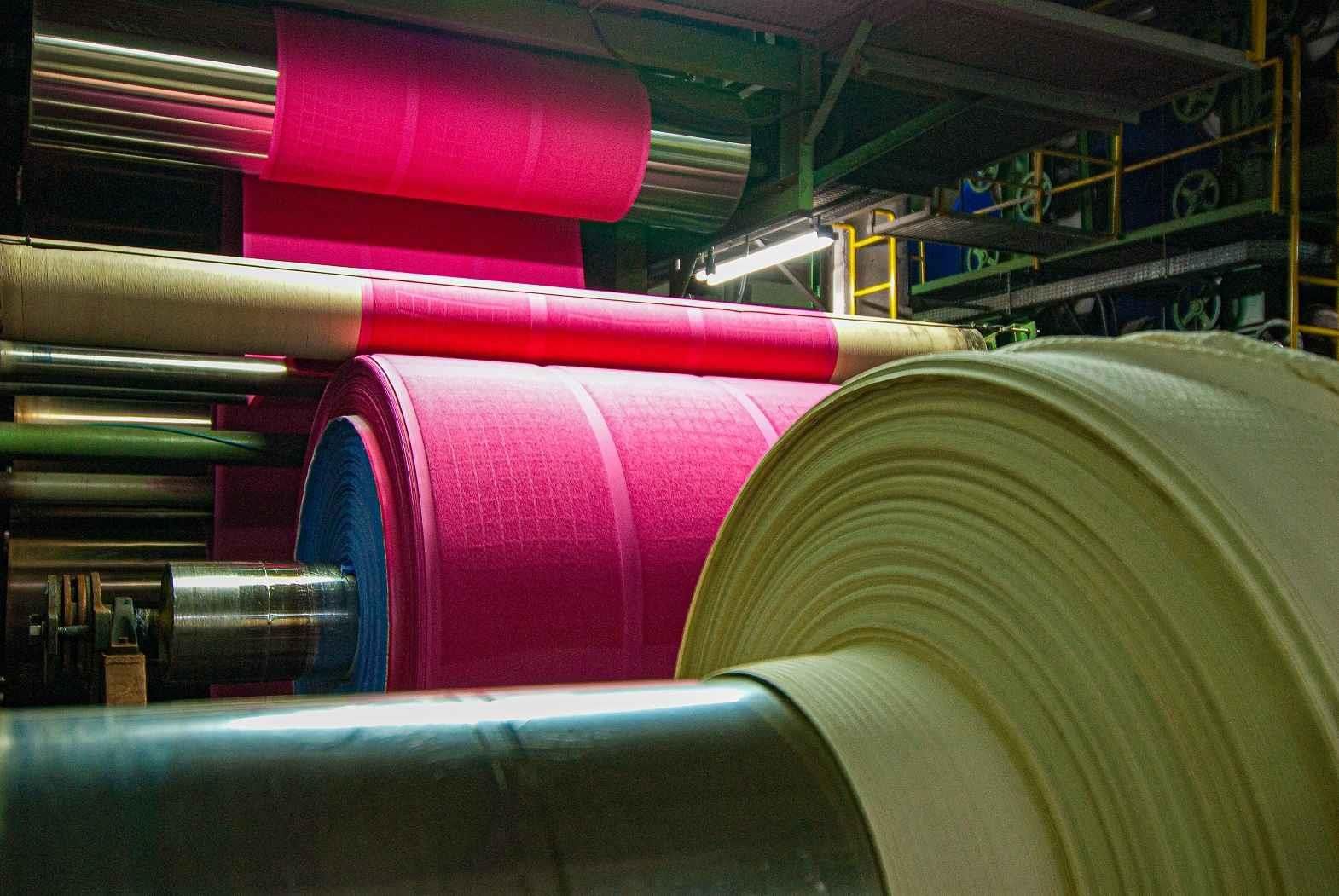However, it is not completely possible to manage an industry, obtain full employment, and provide social equity by neglecting exports. So Brazil has started exploring prospects in exports concerning textiles and apparels. As per the Associa��o Brasileira da Ind�stria T�xtil e de Confec��o (ABIT or Brazilian Association of Textile and Apparel), in January 2013, Brazil's garment sector production rose by 5.33 percent annually and 1.5 percent monthly. The retail performance is also positive, and textile and apparel sales volume grew by 4.95 percent in the preceding year, while revenue increased by 9.41 percent on an annual basis. The textile and apparel industry contributes 4.1 percent of the total Brazilian Gross Net Product and 17.2 percent showing that this is an industry of great relevance for the Brazilian economy and has strong social impact.
The rapid economic growth and the population's inclination to spend on lavish clothing brands have resulted in a huge increase in textile and clothing consumption per head in the country. In the case of yarns, fabric, and knitwear, the country is the eighth-largest producer in the world and ranks seventh in the production of apparel, behind only China, India, USA, Mexico, Turkey, and South Korea. In terms of international commerce, the participation is slow but rising steadily. In the world textile and apparel exports, Brazil ranks 26th, and in imports, it ranks 34th. Brazil's textile industries depend a lot on technology, and following this, technology is on continuous revival in the country. More than USD 10.5 billion has been invested only in textile machines in the last few years. The Brazilian textile and apparel industry comprise more than 30,000 companies in the sector, generating around 14 million to 15 million jobs, both direct and indirect. Brazil is among the top ten textile industry markets globally and among the top five as an apparel producer. The domestic Brazilian market comprises 190 million consumers.
Unfortunately, a dip of 38 percent is expected in cotton exports from the Brazilian state of Mato Grosso in the present year, as China, which was the major importer of cotton from the state, is likely to witness a fall in demand. But global luxury brands in Brazil are in demand, and luxury brand Louis Vuitton has reported that its store in Brazil provides more profit to the brand in comparison with any other country. The prospects of luxury and branded products, children's wear, mid and high casual wear in denim, workwear for men and women, and home line in textile and apparel are promising.
The nations to which Brazil exports its apparel and textile products are Paraguay, Argentina, Bolivia, Australia and South Africa. The internationalization processes in Brazilian textile and apparel companies are still few due to the fact that this is a relative new phenomenon in the Brazilian scenario. On a more optimistic outlook, today companies are seeking operational sustainability and are focusing on developing their brands as an international product.
With the announcement of FIFA World Cup 2014, followed by the Olympic Games in 2016 to be held in Brazil, several bigwigs in the global apparel business have launched their stores in Brazil. After all, Brazil is South Americas largest apparel market, with 42 billion in sales alone. Companies like J P Morgan Asset Management have invested approximately $ 45 million in online fashion retailer Dafiti. Luxury malls in Brazil have launched several international brands, including Valentino, Miuccia Prada, Miu Miu, Goyard, Lanvin, Van Cleef & Arpels, Bare Minerals, Topshop, Dolce & Gabbana, and Nicole Miller. The first men-focused store of Gucci has been opened in the country, Mont Blanc is opening its tenth store, and Tiffany & Co. will open its fifth in Curitiba this year.
The Brazilian textile and apparel industry is much wider than most people think, going beyond the clothing. However, as far as export is concerned, Brazil's non-automatic import licensing system as a trade policy tool to control trade flows has led to a decrease in exports of certain community textile products; a loss of competitiveness; a significant loss of Brazilian clients and order cancellations; an increase in financial costs; a limitation in the range of products that may be exported. This trend is likely to change in years to come, as some of the manufacturers are now focusing on promoting their individual brands. With changes in international market, Brazil is likely to become an open textile market, till then the Brazilian authorities are working on reviving the local markets to ensure that the textile and apparel sector continues with its present momentum of growth.
References:
1. Diva-portal.org
2. Guardian.com
3. Businessvibes.com








Comments